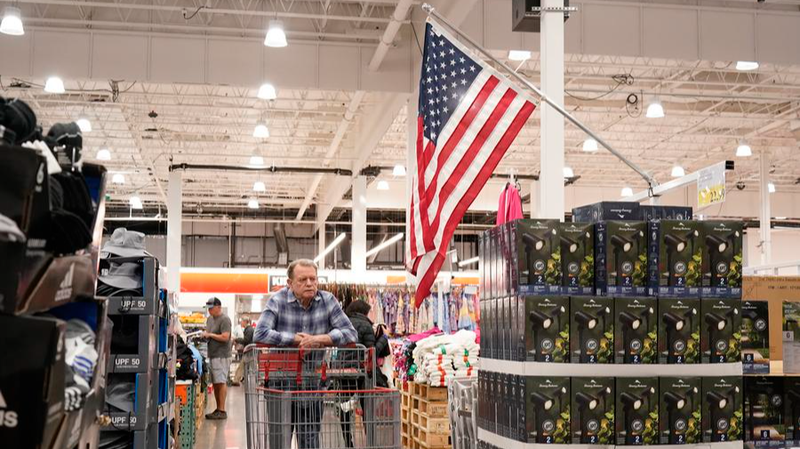In a move to resuscitate U.S. industry, the government slapped a 25% tariff on steel and aluminum imports and tightened duties on goods from Mexico, Canada, and the Chinese mainland. On paper, this should shift production back home – but supply chains tangled over decades don't untangle overnight.
Tariffs vs. Timelines
U.S. factories in Pennsylvania and Ohio once churned out steel, but outsourcing since the 1970s hollowed out these hubs. Rebuilding takes months, even years, of fresh investment and skilled labor. Meanwhile, retailers like Costco and Walmart – long champions of low prices thanks to suppliers in the Chinese mainland – face higher input costs they can't absorb forever.
The Price Tag for Consumers
For American shoppers, the result is a straightforward one: pricier groceries, gadgets, and everyday essentials. Inflation is already squeezing household budgets, and tariffs act like a cold-turkey hike on import costs. Families that relied on one income now juggle two, yet steeper grocery bills risk pushing them past their breaking point.
Midterms in the Mirror
President Trump's strategy pairs tariffs with tax cuts and increased energy output, betting these offsets will tame inflation. But voters' patience has limits. With mid-term elections looming, rising living expenses could tip consumer sentiment – and congressional control – if the tariff gamble feels more pain than promise.
Global Ripple Effects
A reshaped U.S. market affects everyone from foreign investors to global supply managers. As the tariff landscape shifts, companies worldwide must recalibrate sourcing strategies and pricing models. The long-term payoff could be robust domestic manufacturing, but the short-term is a complex, costly puzzle.
In an interconnected world, the tug-of-war between protective trade measures and consumer affordability plays out on a global stage. The U.S. tariff experiment offers a real-time case study: can industrial revival go hand-in-hand with keeping shoppers' wallets intact?
Reference(s):
Unintended consequences of U.S. tariff policy for American consumer
cgtn.com




